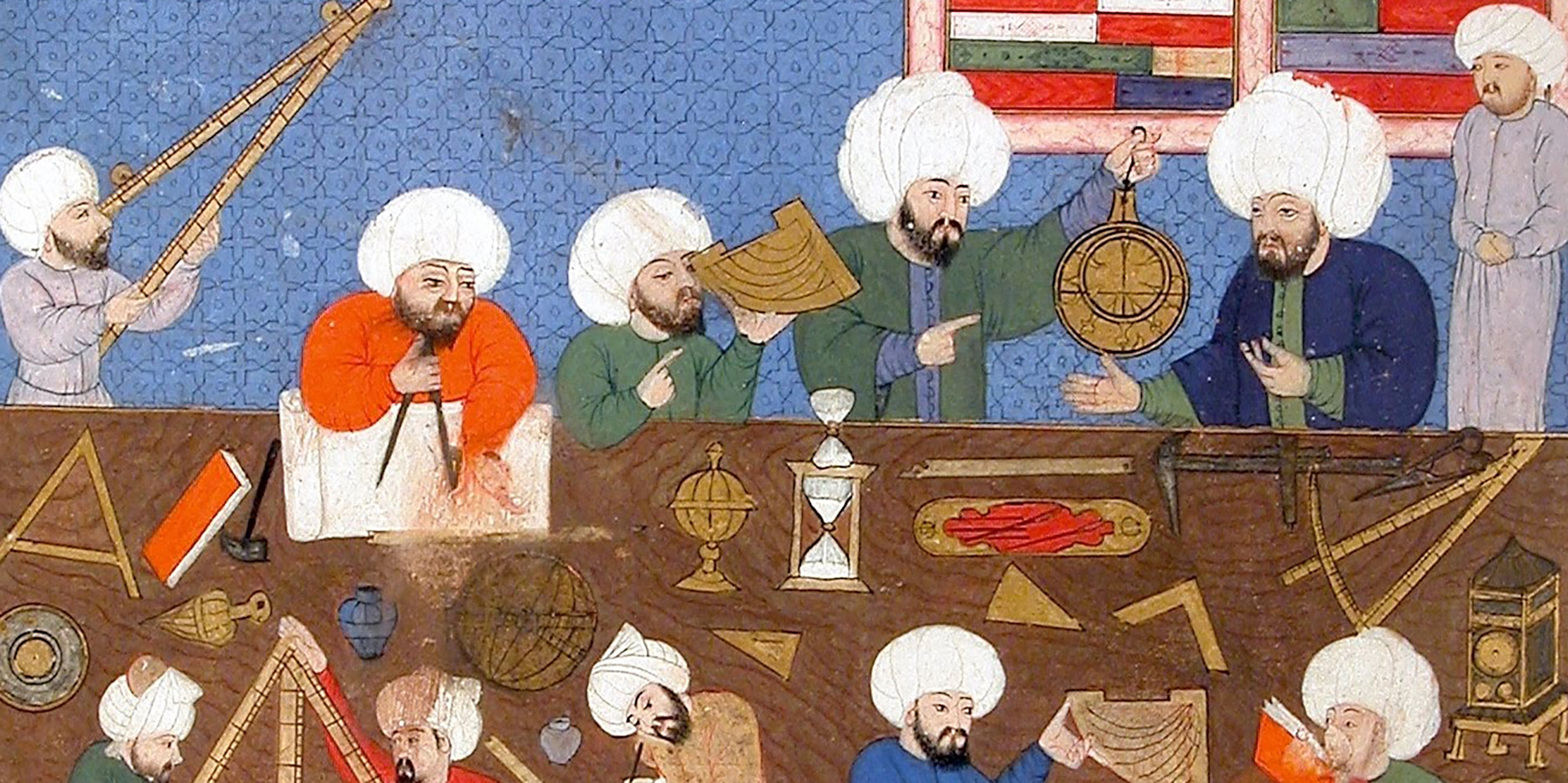Originally published 14 October 2003
Istanbul is the most European of Moslem cities. It sits astride the Bosphorus, traditional boundary between Europe and Asia. It was once the capital of a Moslem empire that reached to India and Spain; today, with all of Turkey, it aspires to be part of the European Union.
One of the best introductions to the soul of Istanbul are the novels of Orhan Pamuk, Turkey’s most popular writer. Like Istanbul itself, his books bridge divides — between Europe and Asia, secularism and religion, modernity and tradition.
The most recent of Orhan’s books to be translated into English is My Name Is Red—part murder mystery, part love story, part historical fiction.
The novel is set in Istanbul in the late 1590s. The Ottoman sultan Murat II has secretly commissioned a book that will celebrate his life and empire, to be illustrated by a group of master miniaturists, men trained in the artistic styles of the great traditional masters of Islamic text illumination.
Why the secrecy? The illustrations will be in the new European style of realistic representation, with shadow, perspective, and all the other tricks-in-trade of European Renaissance art — all heretical by Islamic standards. Shockingly, the book will also include a recognizable portrait of the Sultan himself, not as a stylized appendage to Allah’s word, but as an object of admiration in itself.
Innovation confronts tradition, secularism confronts theocracy, individual artistic style confronts anonymous conformity to established modes of expression. Soon, two men are dead, and we have a baffling mystery on our hands that is not resolved until the final pages of the book.
Pamuk’s story concerns itself with art, but of course something else, not unrelated, was happening in Europe in the 1590s: The birth of modern science.
Astronomers debated the truth of the Copernican system of the world, which removed the Earth (and humankind!) from the center of the universe. Anatomists dissected the human body, and used their careful observations to challenge ancient learning.
Soon the telescope and microscope would reveal new worlds, William Harvey would discover the circulation of the blood, and William Gilbert would explain the magnetic influence of the Earth.
All of this was part of a great cultural upheaval that had its beginning in art.
Once an artist such as Albrecht Dürer could take as his subject a single rabbit or patch of weeds, and describe with lifelike realism every hair and whisker, every leaf and stem, the Scientific Revolution could not be far behind. Once an artist, such as Dürer, prominently signed his work and took pride in his own individual style, the Reformation was inevitable.
The Renaissance, Reformation, and Scientific Revolution can together be taken as a hinge of Western civilization, when Europe embraced progress, individual creativity, and empirical learning, and turned its back on tradition, religious conformity, and the authority of the past. The Royal Society in London, the world’s first scientific organization, took as its motto Nullius in verba, “Don’t take anyone’s word for it,” and there was no turning back.
As the 16th century began, Islamic civilization was experiencing a Golden Age, and one might reasonably have thought that the East was destined for cultural and military dominance over the West. It was not to be.
In his novel, Pamuk describes a large mechanical clock with statuary sent as a gift to Sultan Murat II by England’s Queen Elizabeth I, meant to represent, presumably, the best of European scientific, technical, and artistic innovation. Murat’s less forward looking successor, Ahmet I, takes a mace to the clock and bashes it to pieces in the name of Allah — and returns Islamic book illustration to slavish imitation of the past.
Pamuk’s wonderfully original whodunit evokes this significant moment in Islamic history with all of the conflicted loyalties — to past and future, East and West — that are Istanbul today.



